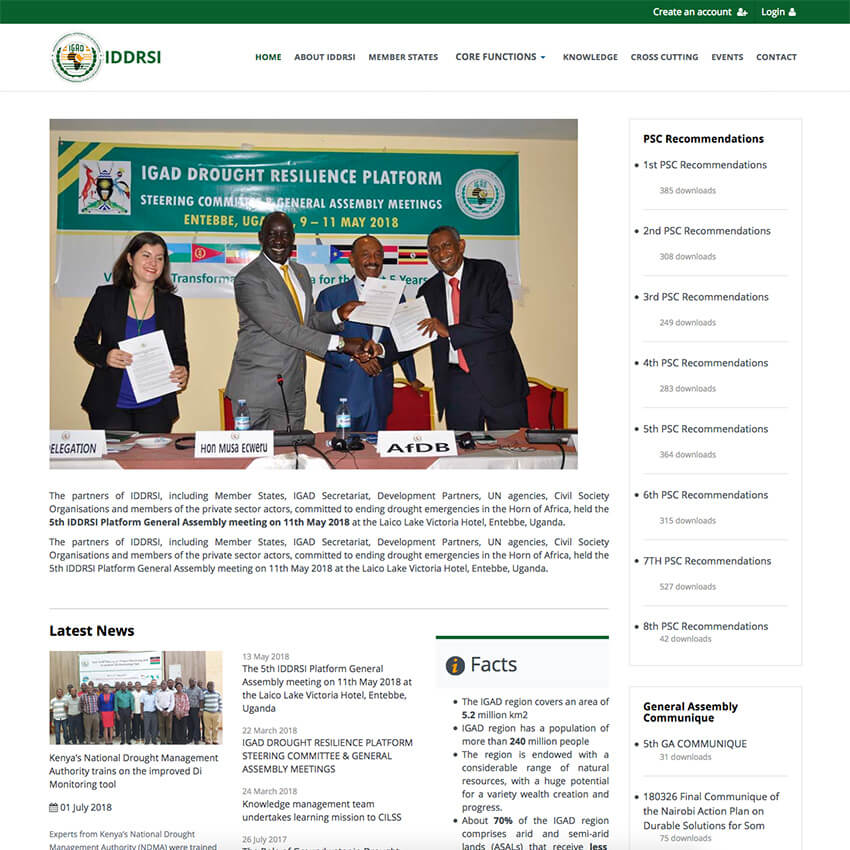IDDRSI is IGAD’s plan and commitment to end drought emergencies, build drought resilience and achieve growth and sustainable development in the IGAD region. In the past, the approaches used or advocated by governments, development partners and humanitarian agencies to respond to drought and related emergencies were in the form of humanitarian relief interventions, usually based on the action of individual Member States or international agencies.
Aware that achieving the objective of this initiative will entail dedicated and coordinated actions and enhanced partnerships at national, regional and international levels, the Summit tasked the IGAD Secretariat with the responsibility to lead and coordinate the implementation of the Initiative. The initiative calls for increased commitment by affected countries and interested development partners and urges enhanced regional and international partnership to support investments in sustainable development especially in the ASALs. The necessity and significance of the coordination role being played by the IGAD Secretariat in the implementation of IDDRSI is defined by the regional character of the drought resilience initiative, which demands the concerted action of all countries, sectors, partners and stakeholders in the region.
The implementation of IDDRSI is being undertaken within the framework of the collective agreement by all concerned (Member States, partners and stakeholders) to do things differently. It is based on the technical validity of the approach to end drought emergencies through building resilience and sustainability. IDDRSI advocates a coherent architecture of international commitment that involves the enhanced coordination of the strategic links between humanitarian relief interventions and development initiatives. These approaches have created a strong political momentum which promises to generate a greater sense of the need for urgent action in the affected countries and their development partners. IDDRSI promotes increased investments to facilitate the execution of appropriate intervention activities aimed building drought resilience and sustainable livelihoods for vulnerable communities.

